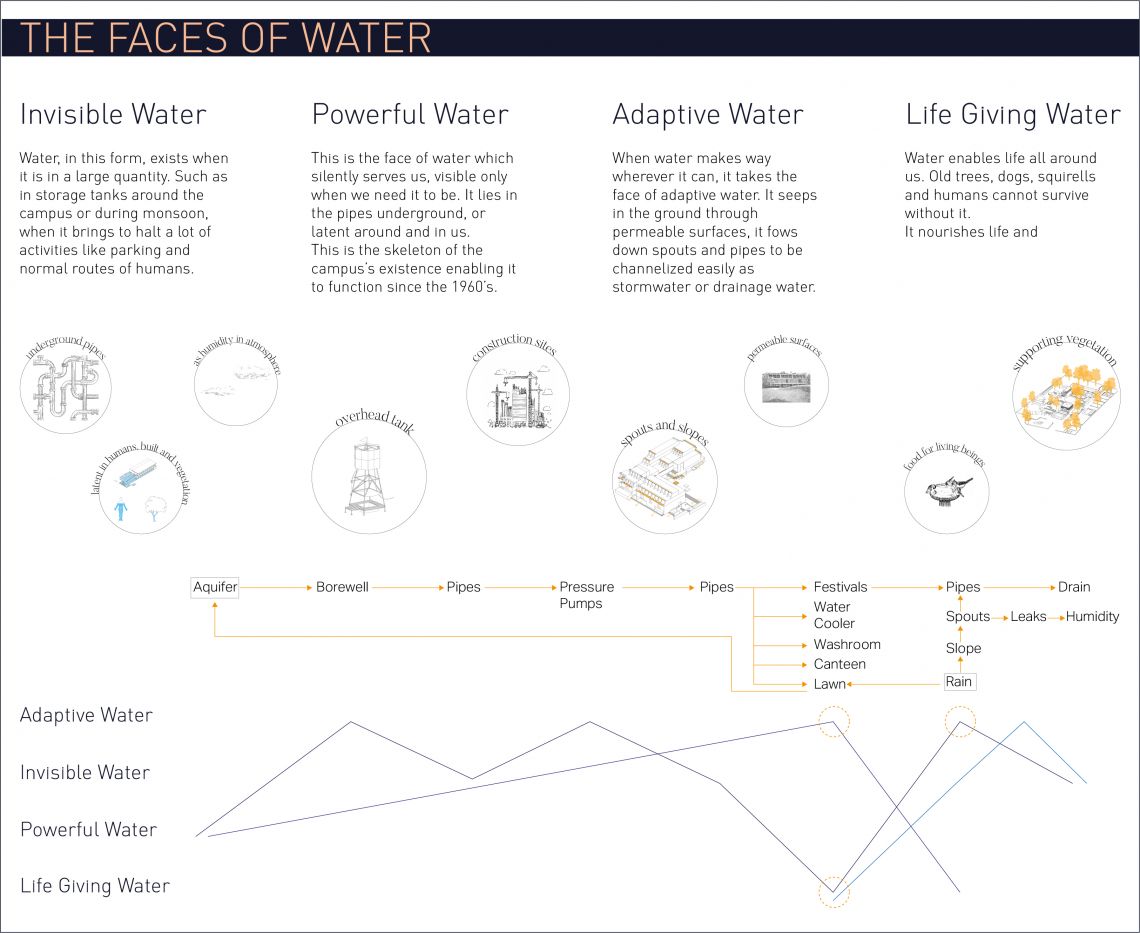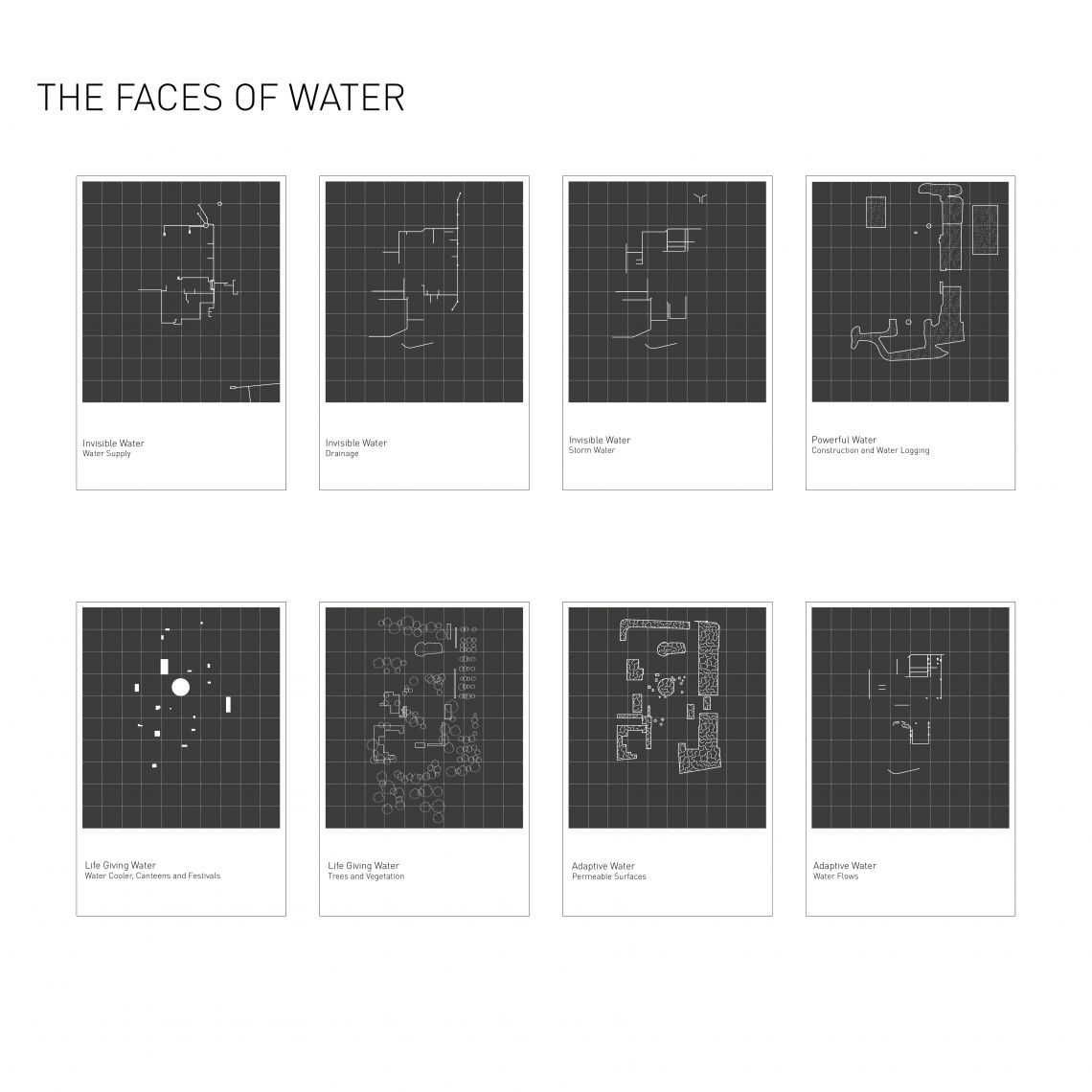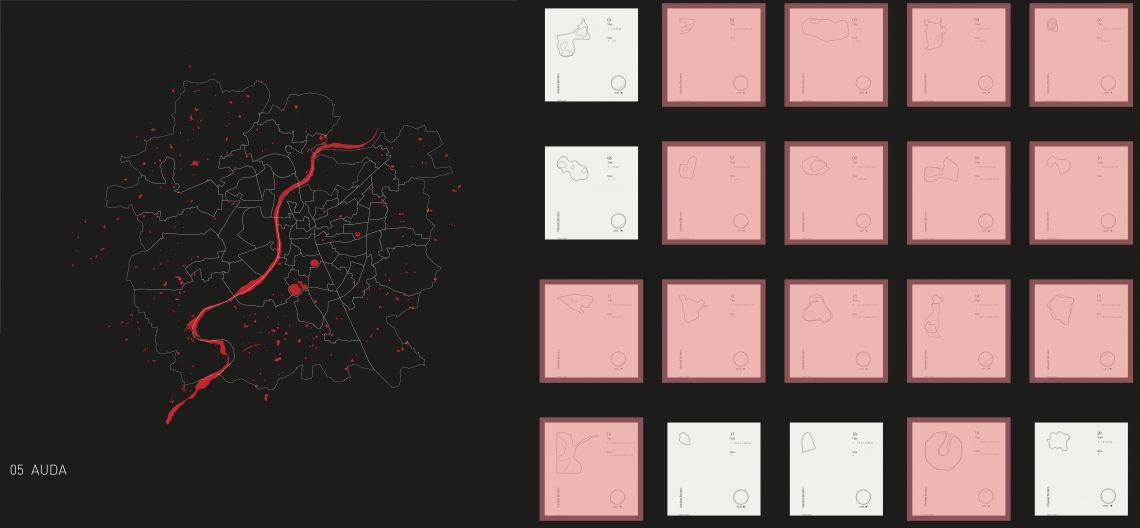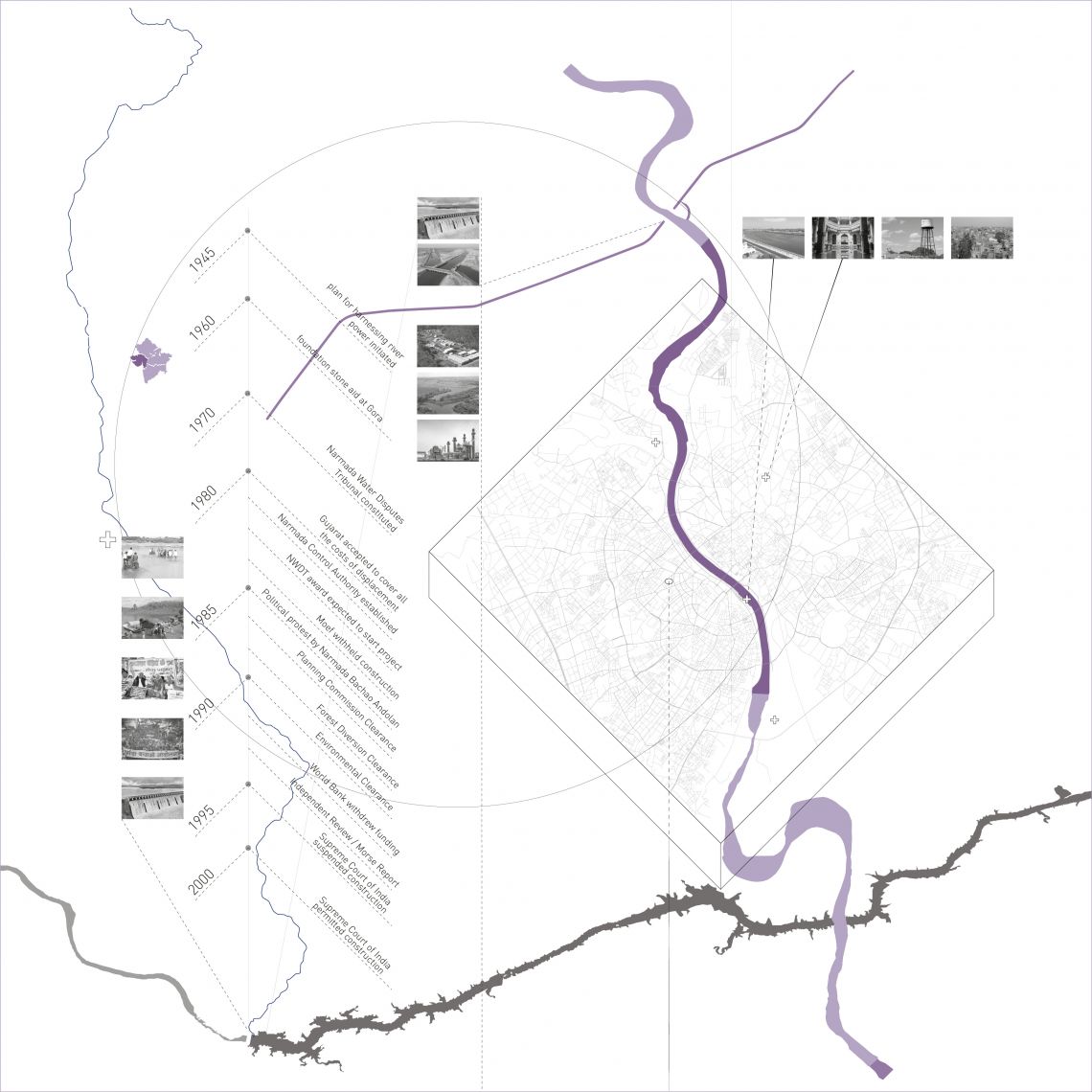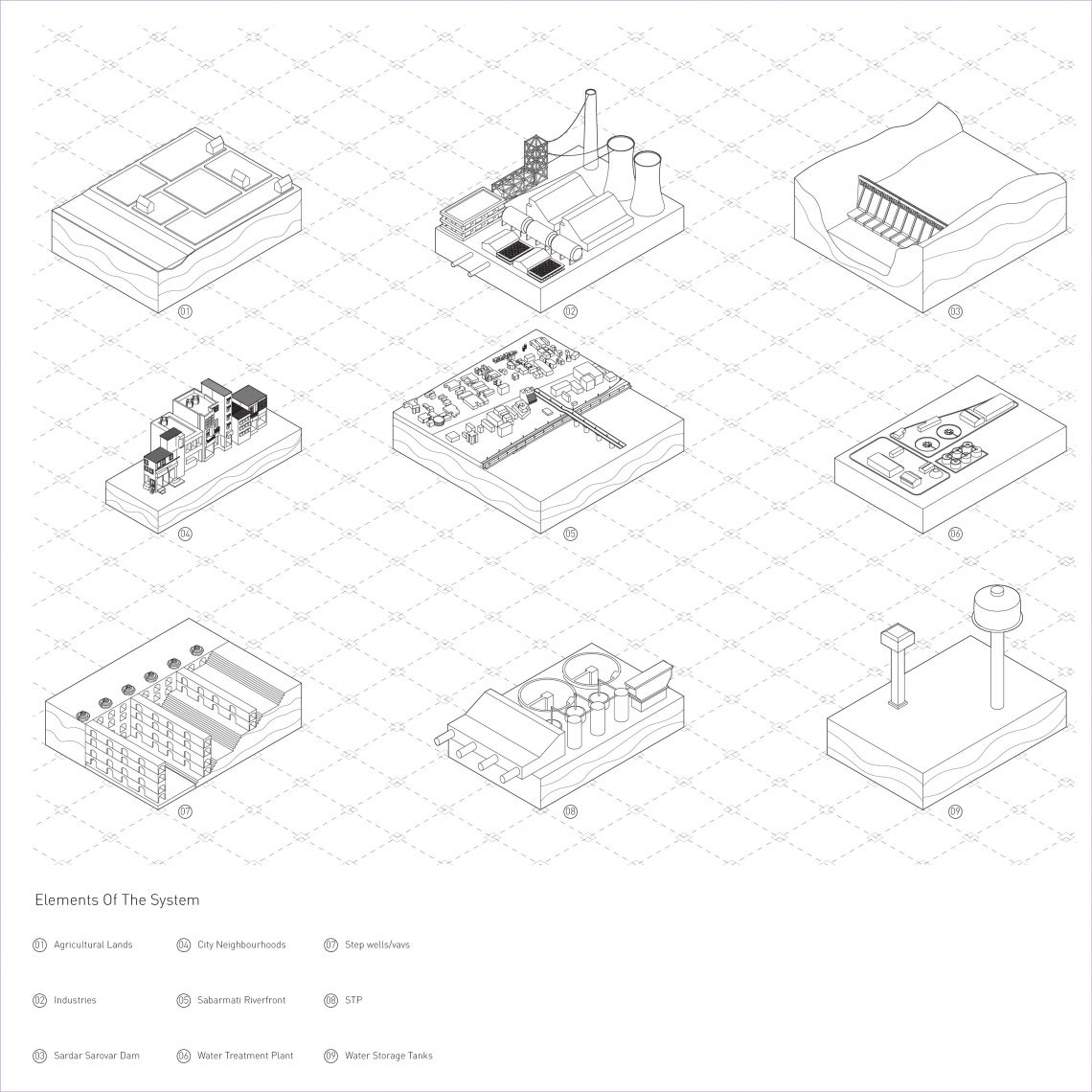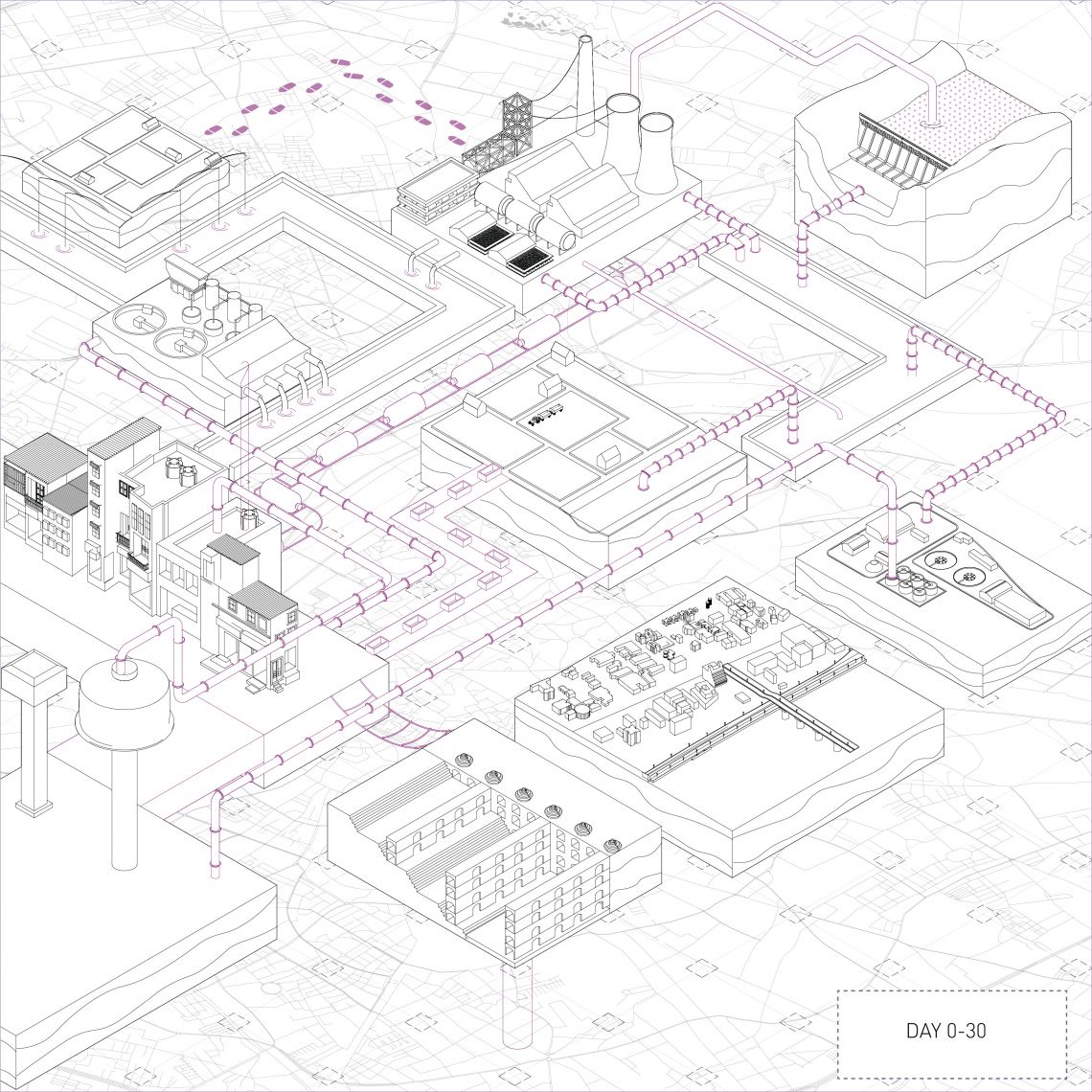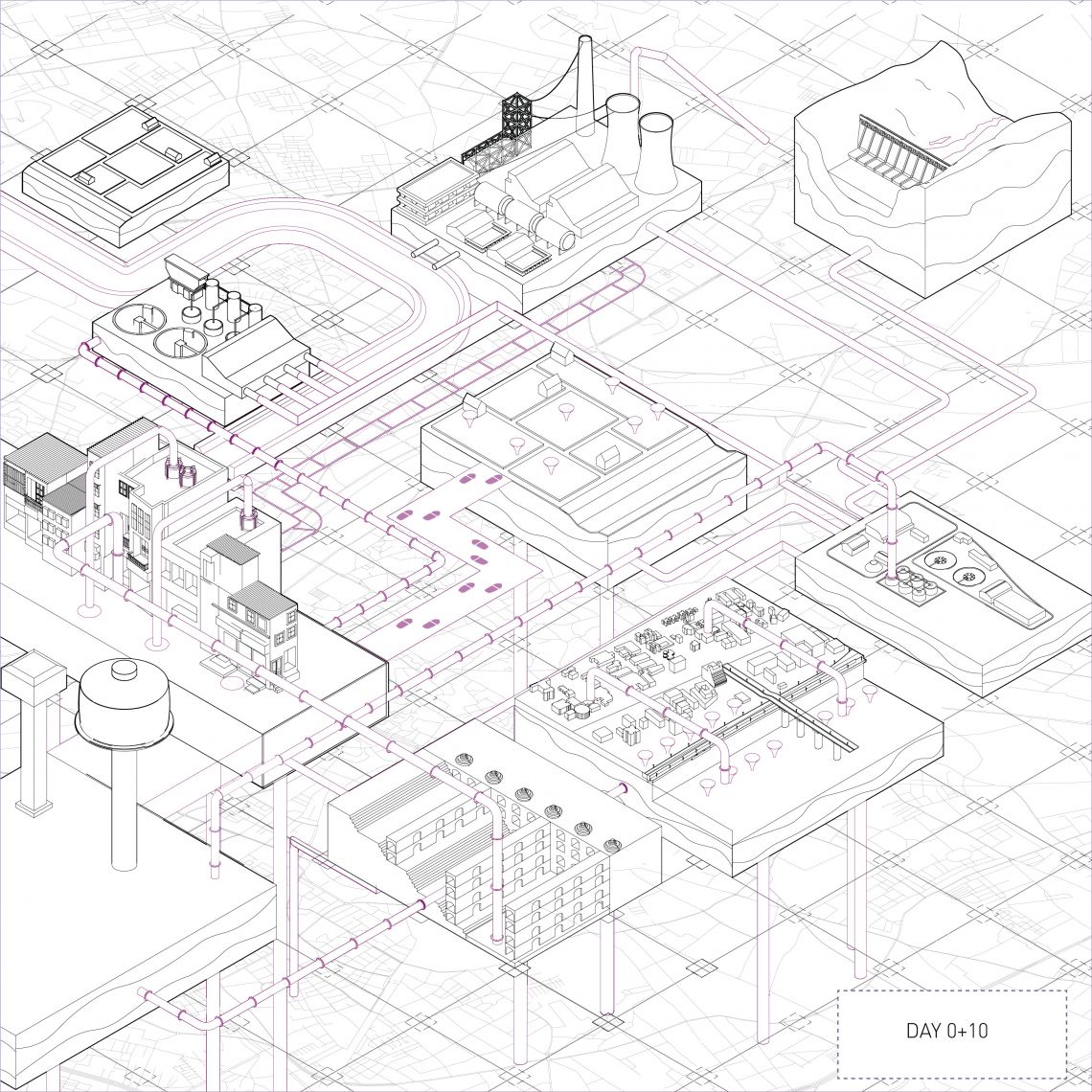Your browser is out-of-date!
For a richer surfing experience on our website, please update your browser. Update my browser now!
For a richer surfing experience on our website, please update your browser. Update my browser now!
My project titled ‘DAY 0 + 180’ tries to show that the current inter-state dependency on a single water source is unnecessary and unsustainable. For years Ahmedabad thrived on the banks of Sabarmati and when the river died, instead of learning from our mistakes, we simply turned to another, farther river-Narmada. Armed with our technology, we created the present system which depends heavily on a single source as opposed to the traditional multiple sources system. By mapping the present system, I derived different scenarios in the near future amidst a severe water shortage. Immediately after an apparent day 0 a city would try to extract ground water, recycle wastewater and/or turn to rainwater harvesting. A further time after that it finds sustainable alternatives like creating ground water recharge zones which can store water in the ground as well as on the surface. The city learns to count ‘water miles’ the way it counts food miles to lower the energy spent in collecting and distributing water at a large scale.
